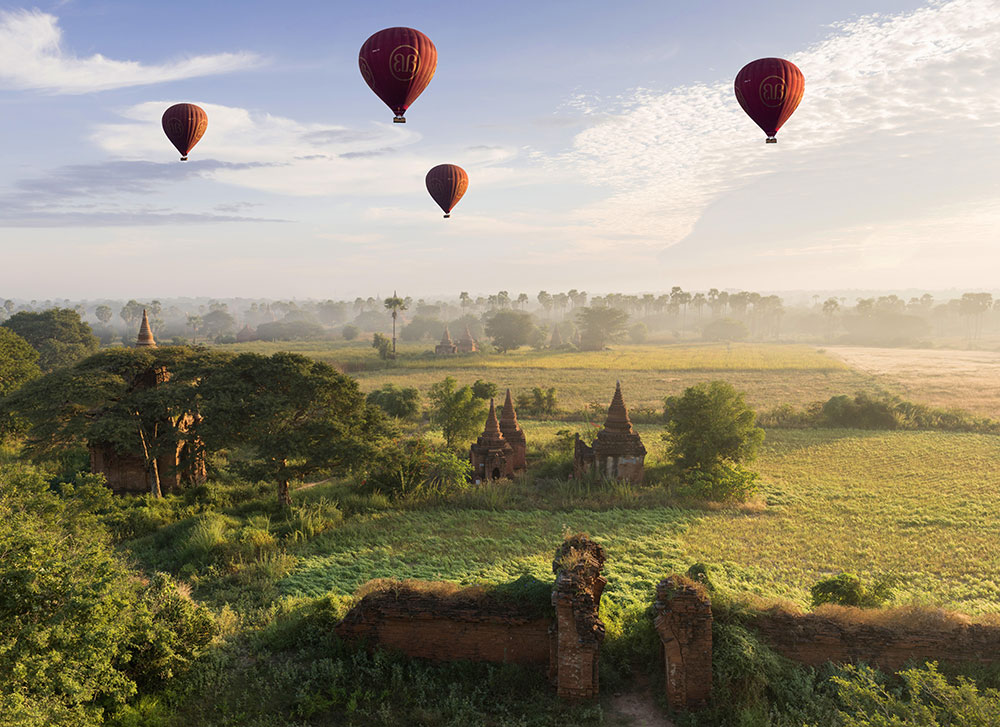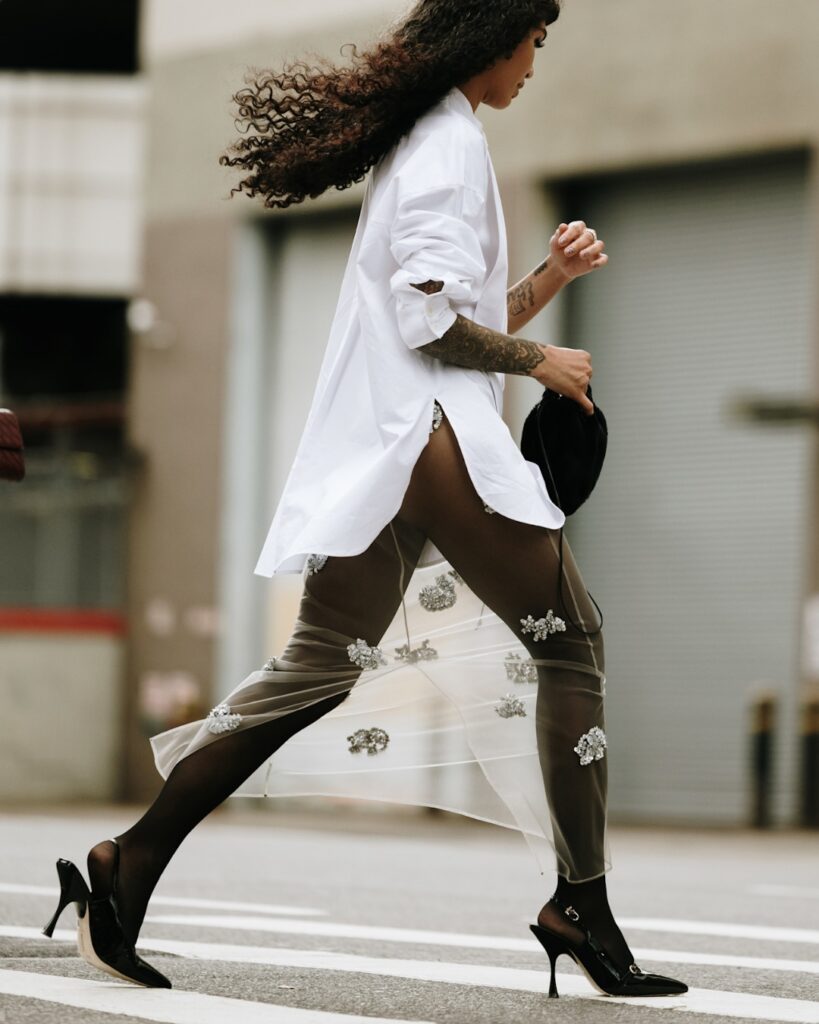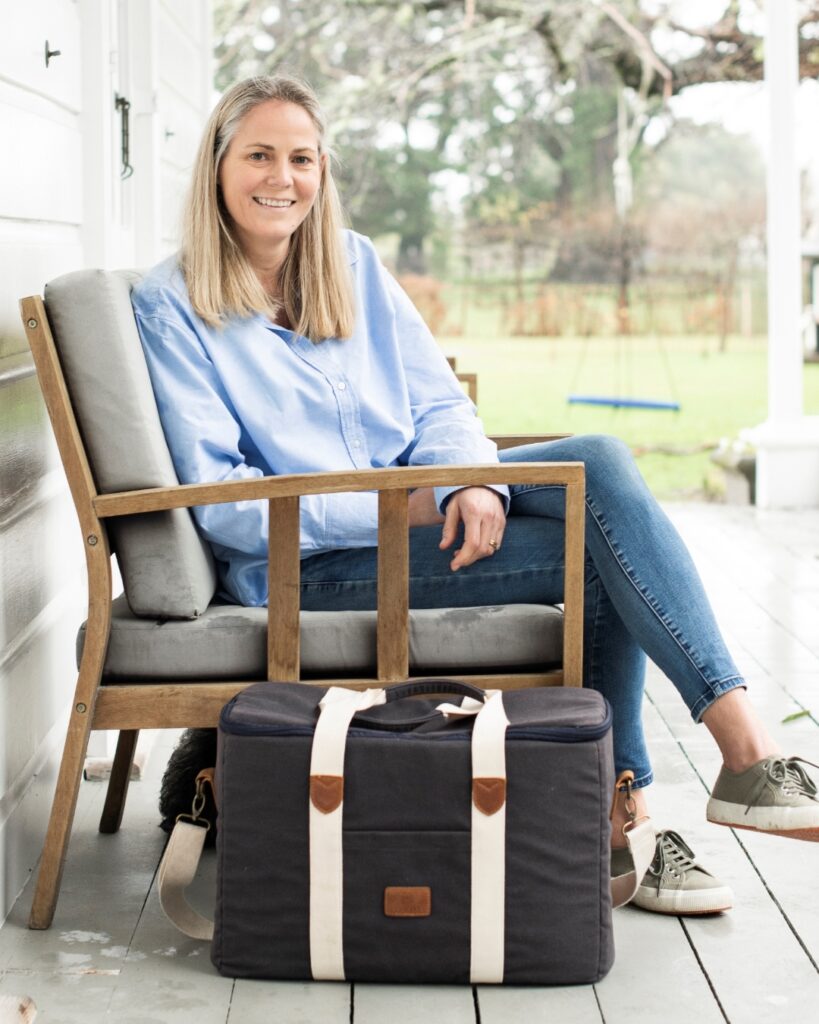Myanmar, a nation straddling past and present, is a beautiful shambles slowly pulling itself into the modern day. Coming from New Zealand, you can really only get to the Republic of the Union of Myanmar via Bangkok. “Get to where?” Burma’s new name is a bit of a mouthful, and it doesn’t seem to be sticking. Even though the Burmese are only one of a multitude of tribes and cultural affiliations and ‘Myanmar’ is thought more inclusive, ‘Burma’ just rolls off the tongue easier. Still, early days. Waiting for our visas we have a chance to appreciate the dizzying wealth of Thailand, an Asian nation never colonised: sky trains, shopping malls, a population glued to their devices. And then we fell down the rabbit hole.

Yangon (formerly Rangoon, meaning ‘end of strife’), Myanmar’s largest city, might be a mere 45-minute flight away, but you may as well have been time-travelling, falling through centuries from 11AD to 1902 to 1948, hitting a wall at 1962, when this country was sealed off from outside influences by a succession of military dictatorships. Thus isolated, Myanmar missed out on most of modern societies’ innovations: the internet, toothpaste (fluoride naysayers would hastily recant at the sight of the population’s teeth), McDonald’s. Owning a telephone was beyond the means of most during these dark ages and you still see young women manning small sidewalk tables, a pair of ancient handsets wired to the poles above. Yangon’s charmingly dilapidated colonial buildings date from the British Raj, when Burma was a part of the Indian Empire. Untouched since and crumbling into green-covered ruins, they stand out from the Stasi-like architecture of the rest of the city.
But their shabby glory wilts in comparison to the blinding Las Vegas bling of the Shwedagon Pagoda, described by Rudyard Kipling (who haunted clubs from here to Mandalay in the 1880s, drinking gin and getting pineapple bum from cane chairs) as “a beautiful winking wonder”.
It was the 15th century Mon Queen Shin Sawbu, seeking merit in the afterlife, who first offered her body weight in gold to cover Shwedagon (she weighed a teeny 47kg) and the rest of the royal family followed suit. Now plated in six-and-a-half tonnes of gold, the crown of the pagoda, or hti, is set with a staggering 5448 diamonds and 2317 rubies – all gifted against the likelihood of coming back as a rat. At the very top is the diamond bud or sein bu, tipped with a 76 carat (15g) diamond. Everywhere tiny gold bells chime in the breeze, every tinkle a prayer.
Shwedagon is not only a place of worship, home to eight strands of hair from the 4th Buddha, Gautama, but also romance. Courting couples promenade at dusk – the girls like brightly coloured birds in pink blouses and cerise longyi, their bare feet as elegant as dancers’, the boys awkward in immaculate white shirts – followed at a distance by a keen-eyed chaperone. The Burmese are very shy, but if you smile at them, they light up. Trapped under an awning in downtown Yangon by the monsoon rain, we were offered sweet coffee and a stool. Giving in to a long wait, I settled down to read the non-government paper, a curious taxi driver hovering at my shoulder. Communicating with smiles and hand gestures, we mimed our mutual amazement at the torrent of water. An ambassador from a future of potable water and democracy, I felt a keen need to be likeable.
The people sharing their footpath with me grew up in a surveillance society where every neighbourhood had a secret police informer, books were considered tools of foreign aggression and life savings were turned into waste paper overnight by rampant inflation. There have been no tourists to witness these paan-red grins. Burma, ‘the golden country’ simply disappeared behind a bamboo curtain and was forgot, a creaky relic of a failed ideology.

Once the second wealthiest country in the world; rich in gems, teak, gold, mines for tungsten, tin, lead and silver, fields of oil – today, after decades of mismanagement, it is officially the least developed, poorest and most disadvantaged. A country where the ignorance of the population is slowing industrial growth, boys are shanghaied into the army and internet penetration is less than 1%.Burma had the stuffing bombed out of it by both sides in World War II (the Brits also blew up the mines to stop the Japanese getting their hands on them), and amid the ruins the scumbags assumed dominion.
Now the country’s top exports are opium, amphetamines and trafficked children. More informed tourists have stayed away for fear of their dollars buttressing the junta, a pariah on a par with North Korea, tarnished by human rights abuses and ruled by tin-pot generals who governed with the help of astrology. But things are changing fast in a country that has only just slipped free from the shackles of rampant censorship and an Orwellian propaganda network.
There’s a mobile phone shop in the old Government Telegraph Office and multinationals are scrambling to set up business here – and find someone who knows how to use a computer. Although, maybe not fast enough: while millions have signed a petition to change the constitution barring pro-democracy champion Aung San Suu Kyi from becoming president, and the first journalism school has just opened in Yangon, five reporters from the Unity Journal were recently sentenced to 10 years’ hard labour for breaking the 1923 state secrets act by reporting on a military facility in Magwe.

Speaking of thought crime, George Orwell was here himself from 1922 to 1927, serving in the Imperial Police and writing his first novel, Burmese Days, a vicious satire of pukka bigotry. It was he who said, of the famous ‘Mug’ chefs, descended from the servants of French plantation owners, that they could do absolutely anything with food but make it edible. Luckily, Burmese cuisine has come a long way since – although the ubiquitous potato snacks taste like they were fried in diesel – and the local beer, Mandalay (made since 1859 in a plant that once produced canons) is fabulous. Good thing too; you’ll need more than a few after experiencing Myanmar railways. ‘Warmly welcome and help tourists’ say the signs at the train station, and there’s a reason tourists look in need of a little kindness.
The ‘sleeper’ from Yangon to Bagan is incredible, in that it manages to stay on the tracks. I’m no engineer, but even I can tell something has gone horribly wrong in the relationship between carriages and rails. In violent revolt against each other, at times the swaying and lurching and jolting is so bad I think we will just roll right over into a paddy field. I’m not alone, the orange-robed monk opposite breaking off his chanting long enough to share a worried gaze.
Eighteen hours of bone-shaking later we emerge at the Bagan railway station, a gorgeous colonial fromage plonked down in the middle of nowhere – trying to find our land legs, shaky and pale. For some, it’s a last straw. “We are getting out of here as soon as we can,” say a wild-eyed German couple for whom a sleepless night in a portable earthquake was just too much. “This country is no holiday.”
And that’s the thing about Myanmar: infrastructure is shaky; Phuket, it is not. However, the rewards are monumental for the more intrepid tourist in search of a fresh destination. Bagan, on the banks of the Irrawaddy, is home to more than 2200 ancient Buddhist pagodas and stupas, spread out over a desert plain like thousands of dropped ice cream cones. It’s a living museum, a World Heritage Site to rival Ankor and completely, mind-blowingly out of this world. Unbelievably gorgeous. Close your mouth before you catch flies. A place of history trying to find its future, Myanmar, as Amitav Ghosh writes in The Glass Palace, is a country which has been cannibalised by politics. “Politics has invaded everything, spared nothing… religion art, family… there has been no escape from it. And while misrule and tyranny must be resisted, so must politics itself, because what can be more trivial? With this in mind, it’s good to see tourists arriving by the air-conditioned busload, representing the eyes of a watching world and a much-needed cash injection.
Unfortunately, as generally happens in new and rapidly expanding tourism destinations, Bagan is suffering from two of the worst kinds of pollution: environmental – caused by rubbish discarded with a criminal apathy – and noise, caused by loud Americans. “This place would totally work for parkour!” they shout, spoiling the sunset. While making the area a plastic bag-free zone will go some way to alleviating the former, now is the time to visit, before the floodgates really open. Go while you can still hear yourself think, cycling between pagodas, past oxen tilling fields, over desert plains, the only soul for miles. Gently tumbling through time, under the blazing aquamarine sky of this ill-used yet still lovely nation-interrupted.
What the locals know:
- In Bagan the temperature can hit the 40s (even in the wet season, May-October), so either wake super-early to visit temples at dawn, or go late and arrive at dusk, in time for a glorious sunset
- Tender bottoms just can’t take the pummelling inflicted by cycling on Bagan’s non-existent roads. Hire an E-bike for 2000 kyat ($2.50). The battery will last all day
- This is a very safe country, especially for female tourists. People are helpful; use the greeting, “Mingalaba!” and you’ll be an instant hit
- Never point to things with your feet and always remove shoes at temples. Tuck your feet under you when sitting
- The government discourages giving donations to beggars or sweets to kids. If you want to give, books for schools or food for an old people’s home is easily arranged
- Don’t buy antiques or souvenirs made from wildlife; they’re invariably stolen/poached; buy arts and crafts instead
- Don’t kiss in public, touch anyone on the head or take pictures which might embarrass people
From the editors of NEXT












